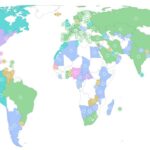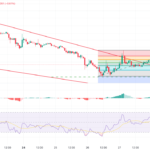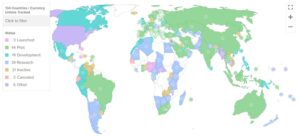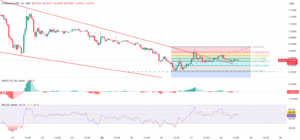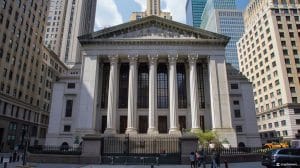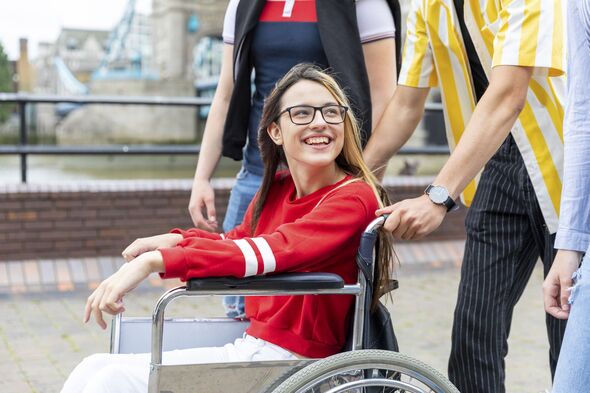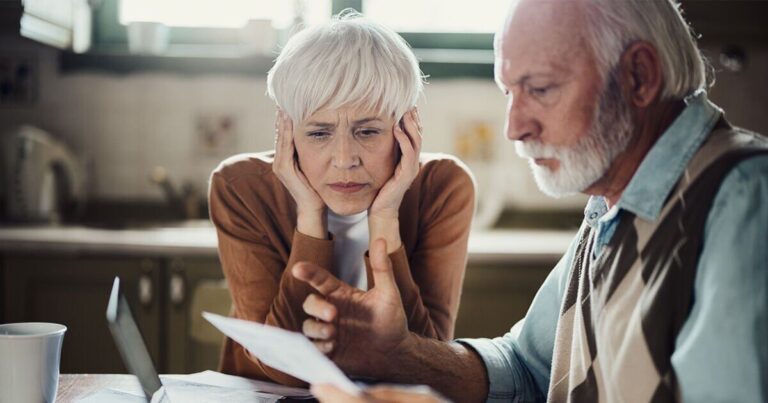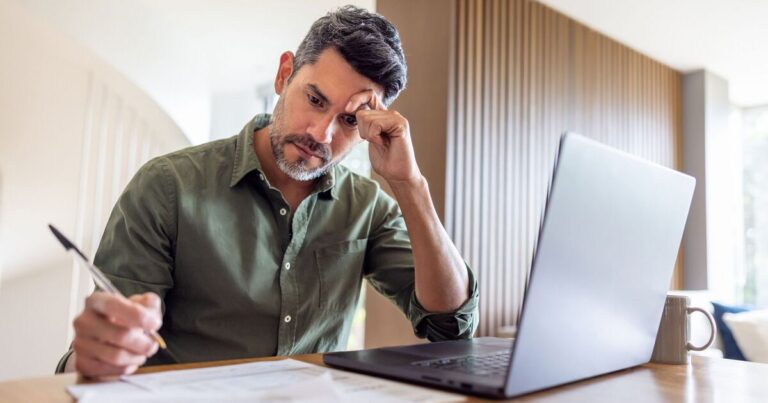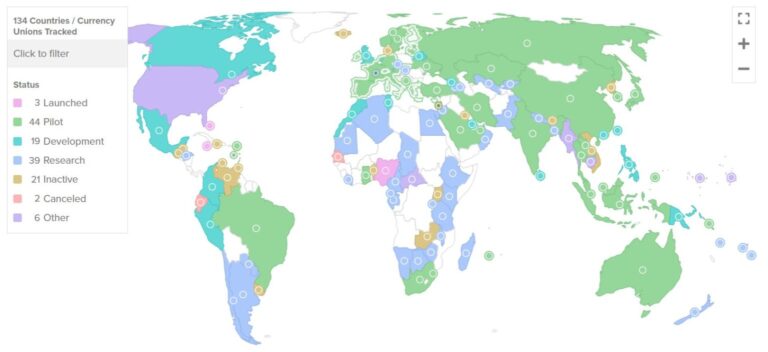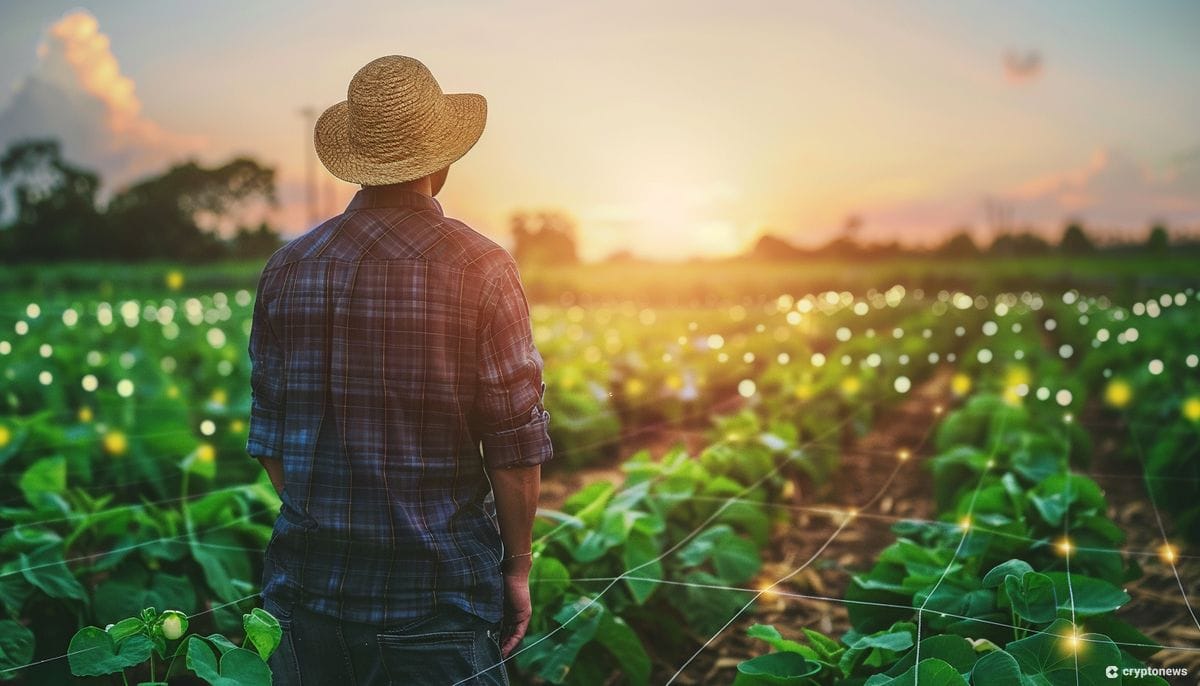
Tokenized real-world assets (RWAs) convert physical assets – like real estate, art and commodities – into tokens that can be traded across blockchain platforms. This concept can help increase liquidity, security, and transparency within traditional financial markets (TradiFi).
According to blockchain analytics and research firm Messari, the RWA market has grown to $8 billion in total value locked (TVL) this year alone. While tokenized RWAs are gaining traction, these are also being used to promote and enable sustainability.
Tokenized RWAs Increase Transparency and Access
Sunny Lu, Founder and CEO of blockchain platform VeChain, told Cryptonews that tokenized RWAs are ideal solutions when it comes to sustainability for a number of reasons.
“Tokenized RWAs digitize sustainable assets, including their impact, reductions in waste, and real world measurable impact with financial value,” Lu said. “Tokenized RWAs also use blockchain to create the global liquidity of tokens representing sustainability value.”
Lu noted that this concept could, therefore, create transparency for reporting or meeting regulatory objectives that enterprises need for environmental, social, and governance (ESG) financing opportunities.
This is important, as transparency continues to be a primary concern regarding sustainability. For instance, Zippia found that 72% of North American and 58% of global companies admit to greenwashing. Greenwashing occurs when a company makes misleading claims without accurate data about a positive environmental impact or the sustainability of its products.
Smallholder Farmers Use Tokenized RWA For Sustainability
Jon Trask, CEO of Dimitra, told Cryptonews that Dimitra had created an RWA program to support smallholder farmers.
Trask explained that the Dimitra platform provides farmers with access to technology to help them monitor crops, optimize yield, and assess quality. He shared that Dimitra is currently focused on the cacao and avocado markets, both of which face ongoing challenges with transparency and accessibility.
“The platform empowers farmers to tokenize their crop plantations through Dimitra’s tech stack, with each RWA providing for partial ownership of an avocado tree or cacao plantation,” Trask said.
Trask mentioned that farmers can then evaluate soil thoroughly, access customized education tools, and obtain detailed agronomy support to ensure the best farming practices leveraging.
In other words, Dimitra allows the creation of “digital twins” of specific farming assets. Once these items have been tokenized and placed on the blockchain, farmers and other third parties can track assets and access information over time on the blockchain.
“This provides transparency to the entire value chain including farmers, input suppliers, regulators, carbon credit auditors and crop processors and purchasers (food companies, grocery chains, roasters, etc.),” Trask said.
Tackling Production Challenges Using Tokenized RWAs
Trask also shared that Dimitra partnered with One Million Avocados (OMA) in Kenya to provide local farmers with RWA technology to tackle the challenges in avocado production.
In partnership with OMA, Dimitra recently digitized 10,000 avocado trees on the Polygon blockchain. Each tokenized RWA includes comprehensive real-world data, enhancing transparency and providing farmers with enterprise-grade tech solutions.
Based on the success of this project, Dimitra is advancing this use case to Roraima in Brazil through the Amazon Cacao Project.
Take a look at our Fruits of Brazil ESG project developed in partnership with @abrafrutas ! 🍍✨
Brazilian fruit farming is at the forefront of sustainable, social, and governance practices, and this new project is proof of that.
To ensure the highest standards, all programs… pic.twitter.com/6fehue9fFS
— Dimitra Technology (@dimitratech) July 19, 2024
“This initiative brings together many strategic partners with the aim of expanding the cocoa cultivation area in Roraima and implementing modern agricultural practices to increase productivity and diversify agriculture processes of local farmers,” Trask remarked.
Addressing Water Scarcity Through RWAs
Tokenized RWAs are also being used to help address water scarcity. According to Morgan Stanley, the gap between the world’s renewable water supply and demand will be 40% by 2030.
Jean-Hugues Gavarini, CEO and Co-Founder of LAKE, told Cryptonews that LAKE is taking a tokenized RWA approach to solving this challenge.
Gavarini explained that LAKE has introduced a “New Water Economy,” which aims to connect water sources directly to consumers, businesses, and communities through a decentralized platform.
“There are trillions of liters of untapped water from numerous springs around the globe, which could fulfill water’s growing demand,” Gavarini said. “Through the LAKE ecosystem, and its LAK3 Token, LAKE connects supply and demand in all their forms.”
LAKE isn’t tokenizing water as an asset but using its LAK3 token and the LAKE ecosystem to provide access to water and its economy.
“Our token holders can buy, sell, secure, donate water or invest in water sources within our ecosystem, but in no case does it imply the tokenization of the water itself,” he said. “A unit of the LAK3 token does not equate to or represent a specific volume of water in the real world.”
Gavarini further remarked that LAKE’s definition of RWA aligns better with its mission and objective.
“RWAs in blockchain are digital tokens that represent or give access to tangible or intangible assets from the off-chain world,” he said.
Challenges May Hamper Adoption
While it’s notable that tokenized RWAs are being used for sustainable efforts, challenges may hamper adoption.
For example, Aaron Evans, Head of Foundational Operations at the Moonbeam Foundation, told Cryptonews that it’s challenging to ensure that underlying assets of tokenized RWAs are genuinely sustainable and meet specific criteria.
“Verification processes using third-party audits, certification bodies, etc. are still needed,” Evans said. “There is also currently a lack of standardization metrics and reporting in the industry. This can lead to inconsistencies and mistrust.”
Trask added that while Dimitra has made great progress, regulatory frameworks around tokenized RWAs are unclear.
“In each country where we operate, we need to pay attention to national legislation so that everything happens as safely as possible, and not all countries have very clear legislation on RWAs,” he said. “This is when local institutions – like our partners previously mentioned – can play a very important role.”
Additionally, Trask mentioned that vocabulary and understanding of blockchain concepts often create confusion.
“Our partners are also essential in the dialogue with producers. For many, the terms ‘Blockchain’ and ‘Real World Assets’ do not mean much and can cause difficulties if they are not translated and contextualized for farmers,” Trask said.
Yet challenges aside, Trask believes that demand for new sustainable approaches to agriculture will soon require tokenized RWAs.
“RWAs introduce a built-in mechanism that reduces risks within supply chains, as blockchain technology provides an immutable record of any transactions,” he remarked. “With a focus on sustainability across the global agenda, accountability and transparency become even more important.”





